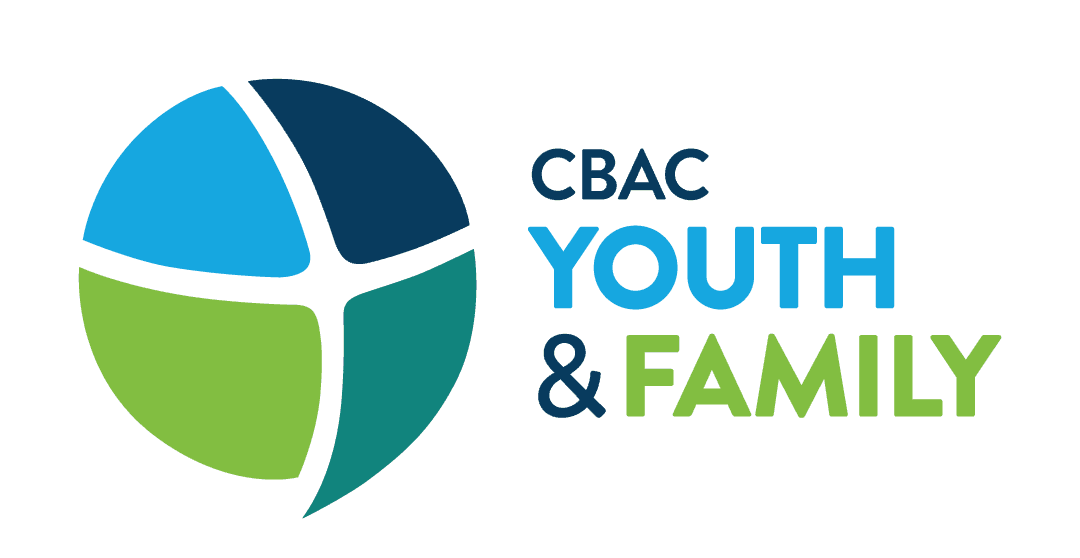As my children have moved through the upper elementary years, they’ve begun taking part in our regional Heritage Fair projects. These projects have been fascinating studies into some of the cultural background of our family. From projects looking at the experiences of our Scottish and Acadian ancestors, to more recent events, such as the construction of Confederation Bridge, they’ve given us opportunity to reflect with our children on pieces related to our family history. We’ve been able to explore in some ways, where we’ve come from.
They’ve also led into conversations with our kids about how our backgrounds shape us, and we’ve taken opportunity to educate our children on the backgrounds of other groups in our region. By reading books about Africville and First Nations in Atlantic Canada, we’ve (hopefully!) begun helping our children see that they are shaped by their “social location,” and also that it is influenced by factors like race and gender. My experience as a white man who grew up in Nova Scotia gives me a very different perspective than a Black woman who also grew up in Nova Scotia.
What is Social Location?
Essentially, our social location is “the combination of factors including gender, race, social class, age, ability, religion, sexual orientation, and geographic location.”[1]
Where we come from matters.
It shapes how we think, how we behave, how we understand and relate to God and humans. Social location is a key piece to our identity, which can be described as “as a set of beliefs concerning who one is in relation to one’s personal attributes, relationships, and group affiliations.”[2]
As we consider our identity, it’s important to pay attention to our social location, recognizing that we are products of so many different factors. As followers of Jesus, it’s important to pay attention to these factors and grow in awareness of them.
What we believe about ourselves is shaped by where we come from, and our unique attributes.
In line with that, one of the areas that it’s common for leaders to spend time growing in is awareness of our abilities and attributes. There are many different tools to help us grow in awareness of what makes us unique. From Myers-Briggs to Enneagram to Working Genius, there is a multiplicity of resources available to help us grow in our awareness. We can also use these resources to help our children and students grow in awareness of their own abilities.
What are helpful practices as Next Generation leaders?
To help us recognize the relevance of social location, it’s important to incorporate various practices that can help us reflect on our own social location, as well as develop ministries that reflect various social locations. Some of these come from an article by Tony Gryskiewicz in Journal of Youth Ministry.[3]
1. Read theology and resources from other cultures
It can be tempting to read books that come from writers that look like yourself, but it’s a valuable practice to read theology and writing that comes from a variety of cultures, and allow others’ experiences and encounters with God to shape our own. Over the last several years, I’ve expanded my library to incorporate writers from very different social locations than my own.
2. Pursue ethnically diverse churches/ministries
Most of our CBAC churches are monoethnic, but the majority of our children’s schools are becoming increasingly ethnically, racially, and culturally diverse. To better reflect our world, our Next Generation ministries should be pursuing diversity and creating spaces where we see every nation, tribe, people, and language worshipping God.
3. Emphasize that everyone is created imago dei.
Teach your students and children that they are created in the image of God, and that the good news of Jesus is for them. Regardless of their social location (their racial or socioeconomic background, or even their gender!), they have intrinsic worth. Take every opportunity to affirm to your people that they are made in the image of God.
4. Create safe spaces
Ensure that your ministry spaces are safe, where students and children can express themselves, and not feel judged for what they will say. Shut down any instances of bullying, racism, or discrimination. Lead your ministry environments to be places where all people know they are valued.
5. Pay attention to your own social location
Take time to sit and pray through your own background. What do you believe about God and humanity? Are you aware of your own abilities? What about the gifts and abilities of your team members?
[1] https://www.ncfr.org/ncfr-report/spring-2019/inclusion-and-diversity-social-location
[2] Caleb W. Roose, Tyler S. Greenway, and Steven C. Argue “Forming Youth through Engagement in Holistic Christian Practices.” Journal of Youth Ministry 19:2, pg. 23.
[3] Anthony J. Gryskiewicz, “Faith and Teen Ethnic Racial Identity: The Perceived Ethnic Identity of Second-Generation Teenagers in Austria.” Journal of Youth Ministry 18:2, pg. 53.
